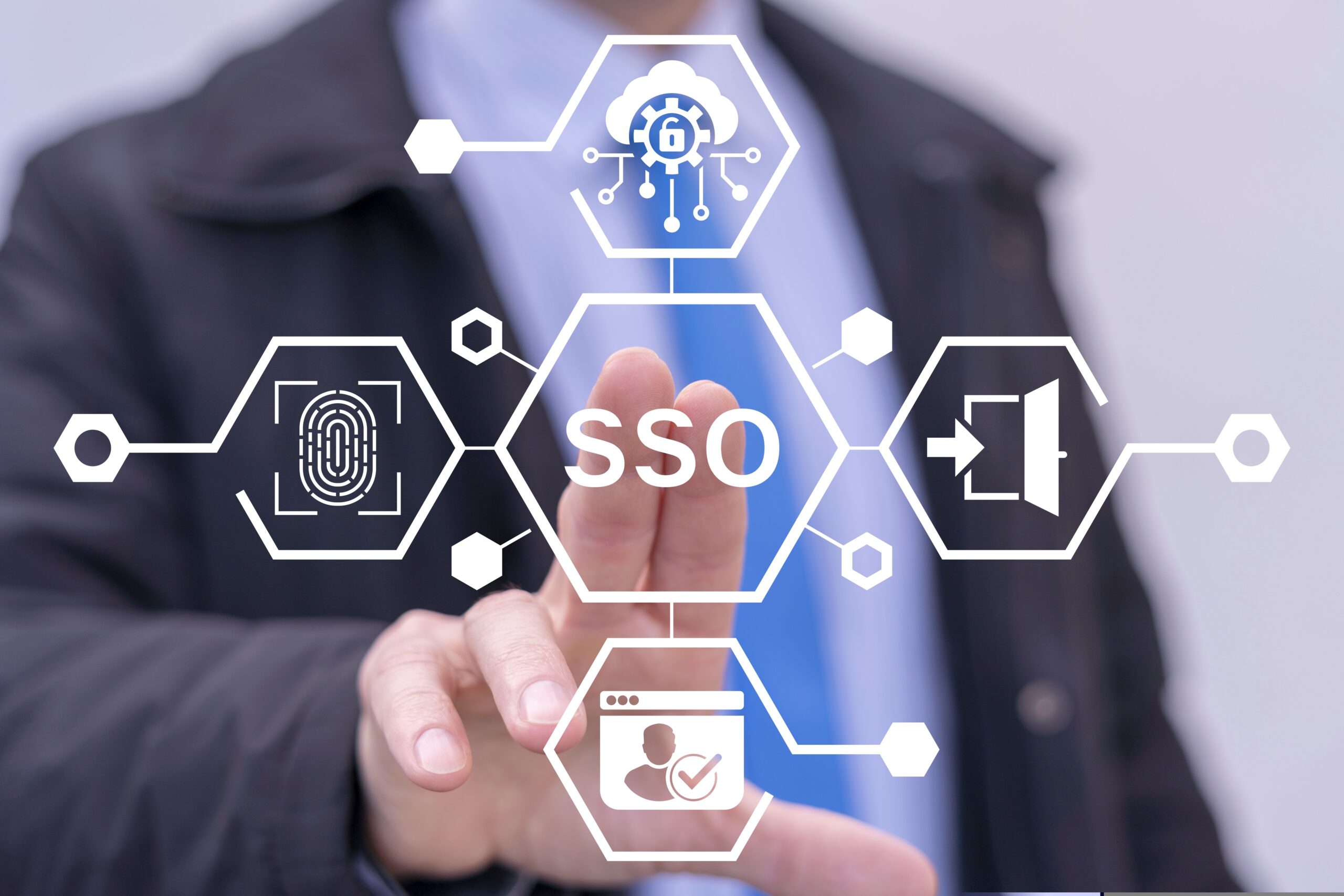Over the last ten years, the fourth industrial revolution (Industry 4.0) reshaped the global business landscape. Once again, technological advancements redefined what was productive and, more importantly, what was possible. The latter not only pertains to production mechanisms but also to processes that prevent inflicting harm on workers and the environment, ideally achieved through effective environmental health and safety management.
Halfway through, in 2015, the United Nations was also brewing their version of the possible – a future rid of hunger, poverty, injustice, and inequality. They put together a blueprint for what society should look like by 2030 through the Sustainable Development Goals (SDG).
With the correct execution, these two concepts could converge, and the mind-boggling innovation that comes with Industry 4.0 can make these SDGs the new reality. The challenge for businesses would then be, as always, to keep up with the times.
What are SDGs?
The 17 Sustainable Development Goals refer to priority areas in creating a liveable and sustainable society for everyone. Target outcomes include eradicating poverty and hunger, access to quality education and healthcare, sanitation, climate change mitigation, and decent work and economic growth.
In 2015, the United Nations General Assembly acknowledged the shortcomings of the Millennium Development Goals (MDGs) and vowed to come back stronger through the SDGs. The goal is to build on the former and pool stronger collaborations among the government and the private sector.
The Role of Businesses in the SDGs
Businesses direct the intensive use of resources in production systems and supply chains, which include energy, raw materials, and the workforce. Given the dramatic developments that have materialized through private-funded innovations – consumer electronics, transportation, and healthcare, among many others – the power that businesses hold in improving society is not hard to imagine.
How do the SDGs Impact EHS Management?
From the business perspective, internal initiatives towards the SDGs also improve their outlook. Multiple SDG indicators, for instance, touch the EHS realm. As efforts to achieve the SDGs continue to gain traction, existing EHS management practices will inevitably find themselves in the crosshairs of multiple stakeholders.
To minimize risks and maintain partnerships, businesses need a clear action plan to implement sustainable practices and lay down direct reporting mechanisms that relay EHS performance. If properly implemented and supported, such initiatives may even result in productivity gains.
Attract Investors
The traditional way of estimating performance used to involve profitability, ROI, and several other more easily measurable parameters. The problem with these primitive yardsticks, however, is that they focus solely on previous performance.
Acknowledging the influence of social and environmental pressures on how well a business would play out, investors have begun looking through the sustainability lens in weighing in on their portfolio companies.
This puts sustainable practices in managing resources a crucial factor in assessing future performance, and hence, investment value. EHS practices strategically aligned with the SDGs can attract investors and boost confidence in the business’ long-term stability.
Foster Stakeholder Relationships
The United Nations’ envisioned future through the SDGs has also won over many stakeholders. This means that building trusting relationships among them may now require attention to environmental health and safety management practices. Succinct reports documenting EHS performance through the years can be an excellent strategy to help stakeholders get to know your business better.
Build Policy Resilience
Global commitment to the SDGs gives businesses a hint to what future legislation awaits the private sector. As governments worldwide create an enabling environment for the realization of the SDGs, stricter regulations will be implemented. Businesses must hence begin stepping up their game to prepare themselves for future compliance requirements as the consequences for failing to keep up will be costly.
Upgrade EHS Management with the Right Software
The best way to monitor and evaluate EHS compliance against SDG indicators is to gather, analyze, and present data as efficiently as possible. Multiple EHS management software components seamlessly execute these tasks while also helping businesses cut down costs.
For instance, businesses can:
- Uniformly gather integral data points, automate communication, and manage reporting from across the globe with Electronic Forms.
- Reduce time and labor requirements in tracking organizational compliance with the interactive Compliance Calendar.
- Move from the first report of injury to reporting and follow-up in a streamlined and confidential manner through the Incident Management module.
- Monitor and analyze the progress of workplace safety programs through an Occupational Health module.
SafetyStratus has a total of 16 modules to assist businesses with their specific EHS management needs. Their Dashboards and Analytics Suite make communicating what gathered data means to stakeholders simpler by integrating all safety data and transforming them into comprehensive visuals, allowing businesses and stakeholders to monitor progress and identify relevant trends.
Conclusion
The success of the Sustainable Development Goals lies in strong government and private sector participation. Such commitment will materialize, in part, through policies and regulations that encourage taking sustainable routes in resource-intensive production systems and supply chains. Maximizing the positive impacts of technology and innovation to realize these objectives will ensure businesses’ sustained relevance in a rapidly changing world. Using EHS management software to track business compliance with related SDGs, enterprises do not only get the chance to bring about positive change to society but to their overall productivity and performance as well.
Author Bio
The SafetyStratus Research Advisory Group (RAG) brings together thought leaders from the global environmental, health and safety community to promote best practices and provide key insights in the profession and the industries they serve. The Research Advisory Group also advocates, where practical, the intersection of and advances with the use of technology, such as the SafetyStratus enterprise EHS software platform. Group membership consists of representatives from across varied disciplines and market sectors as well as select members of the SafetyStratus team.
The primary objectives of the SafetyStratus RAG partnership are to:
- Build a strategic partnership between EHS practitioners and the SafetyStratus team.
- Provide engaging and practical content to the global EHS community.
- Provide discipline and market feedback specific to SafetyStratus products and services.
While the objectives of the RAG are varied, the primary public-facing outcome will be available through engaging and practical content found on the SafetyStratus resource pages. Various articles, papers, and other valuable resources will be produced and shared as part of an ongoing effort to cultivate a robust community. Ultimately, the SafetyStratus RAG will expand to have a broader reach and provide opportunities for more inclusion by all interested EHS professionals in a collaborative community environment.



